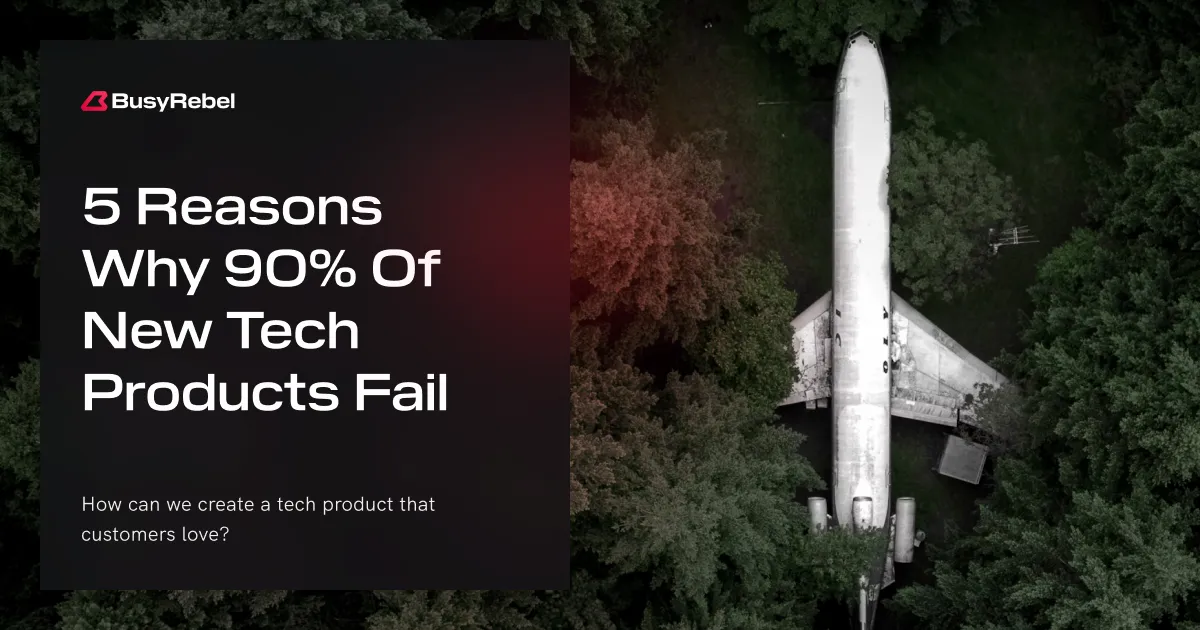Data Governance and Compliance in AI Systems
From The Matrix to The Terminator, the idea of unsupervised AI has always been something that incites fear. Yet, if AI is becoming more deeply embedded into tools and products, why are safeguards treated like a bolt-on, instead of being built in from the very beginning? The answer is this – companies see “governance” and “compliance” as a growth-killer. And that’s understandable. Data governance and compliance are usually spoken about as the need to mitigate a risk that *might* happen. But when companies are all competing in the race for AI dominance, they’re willing to take risks and forgo those guardrails if the tradeoff means developing something that takes the lead.
But what if we told you that companies don’t actually have to choose between the two anymore? That compliance can be built into the very DNA of AI systems, allowing it to grow faster, more accurately, and unlock an even bigger return on investment.
“A Shift-Left mindset combined with a strong Governance framework is essential if companies want to confidently defend themselves against Prompt, Data Poisoning, and Model Stealing attacks” – Andre Bayliss
We’ve spent hundreds of hours building AI/ML and cloud infrastructures to prove exactly this. These are 5 things that every company should know:
- Data quality is fuel
AI is only as good as its data. This means that the number one priority is protecting the quality of it. Strategically engineered data pipelines aren’t just a preventative measure, they maintain the ‘purity’ of data. This reduces retroactive fixes, minimizing downtime, and propelling growth. The ideas of embedding encryption, deploying ironclad access controls, and having proactive threat detection may be viewed as an impediment to fast growth, but in fact, they collectively enable AI ambitions to be chased with streamlined clarity.
- Bias is the kryptonite to accuracy
Biased data screening is like having a security guard with a blindfold – malicious outliers can slip through the cracks with them going undetected until it’s far too late. This is the case with prompt attacks. When bias-awareness isn’t considered in the very DNA of the AI system, then the prejudice-skewed data-insights become quick-sand for a company. In the race to create leading AI solutions, it has to be built on actionable intelligence. Unfortunately, acting on bias-influenced insights, yields very few intelligent solutions for any company.
- Siloing active and static data prevents true personalization
A unified governed data environment isn’t just about having an attractive ‘shop front window’. It’s about making sure that data quality is preserved and security is kept ironclad. Data unity goes beyond compliance, and is directly reflected in the ROI through faster disaster response times, and a clear audit trail which leads to a reduced investment in reactive audit-readiness. With this unity, a superior data lineage is born, and the AI system reacts with greater wisdom to each request.
- Future-proofed AI is a reflection of a developer’s holistic education
We’ve seen it time and time again – an industry vilification of AI when it goes wrong. But the ‘danger’ of AI systems is not based on a tool that is beyond our power of controlling, but of a tool that is crafted by those that don’t know how to safely handle its power. This is why developers should have adequate training to ensure they are both governance aware, and ethically-led. Our developers are continuously trained in reflection of this, and perhaps a large contributor to why many of the companies we work with, are converts in believing that compliance doesn’t have to be a sunk cost, it can be a strategic advantage.

- Governance takes on a different shape with every company
When governance is approached as a one-size-fits-all framework, it quickly feels like a burden. Data governance and compliance becomes a growth-killer when it isn’t contextualized or engineered for the greatest operational benefit for your specific organization.We specialize in bespoke AI/ML and cloud infrastructure but with a governance framework that can adapt to growing needs. This ensures that compliance is an amplifier, not a hindrance.

The insights we’ve shared in this article are built on the back of hundreds of hours of lived experience. They’ve been collated from our own client projects and the industry discussions we keep an ear out for. However, all advice should be taken with a grain of salt, because no two companies are identical. Priorities within AI visions look different based on an organization’s specific goals, and any strategy needs to be approached accordingly. If your company is interested in how this data applies to your unique set of circumstances, we have a consultation option to guide you through the process.









